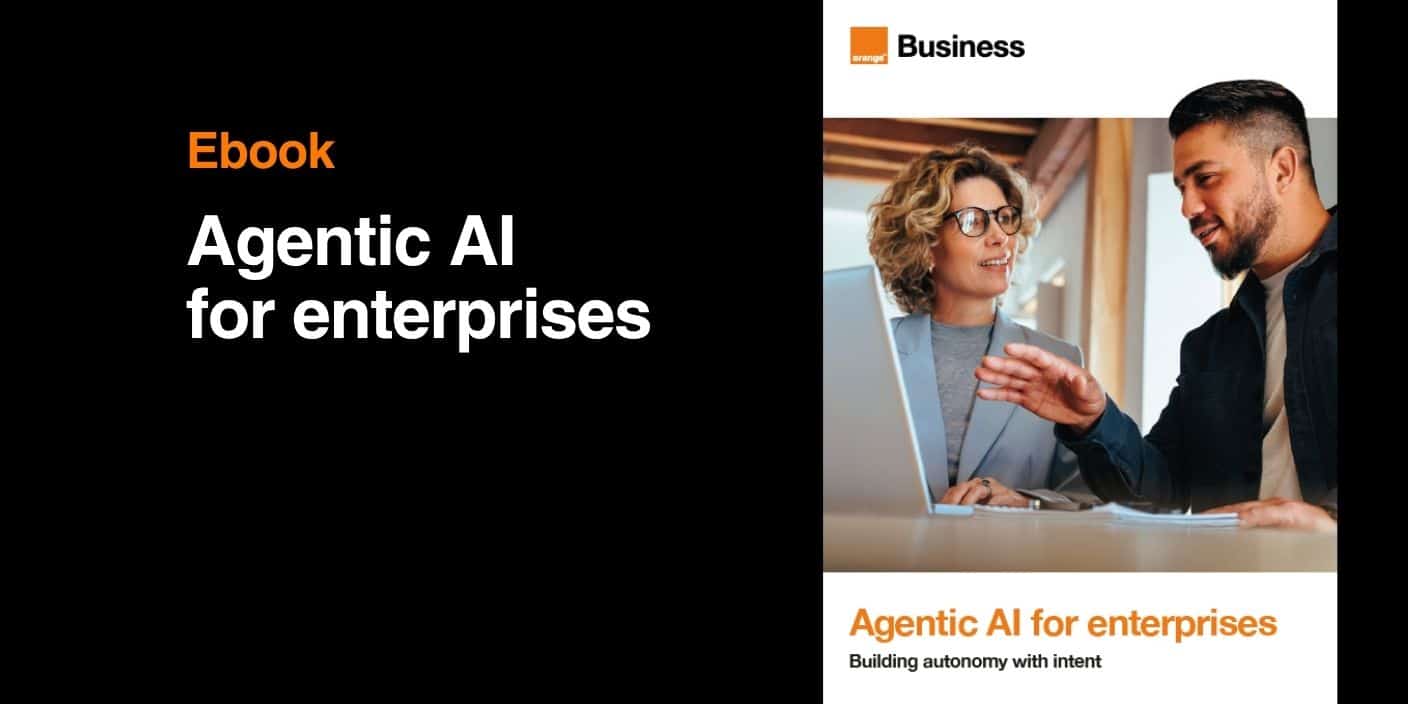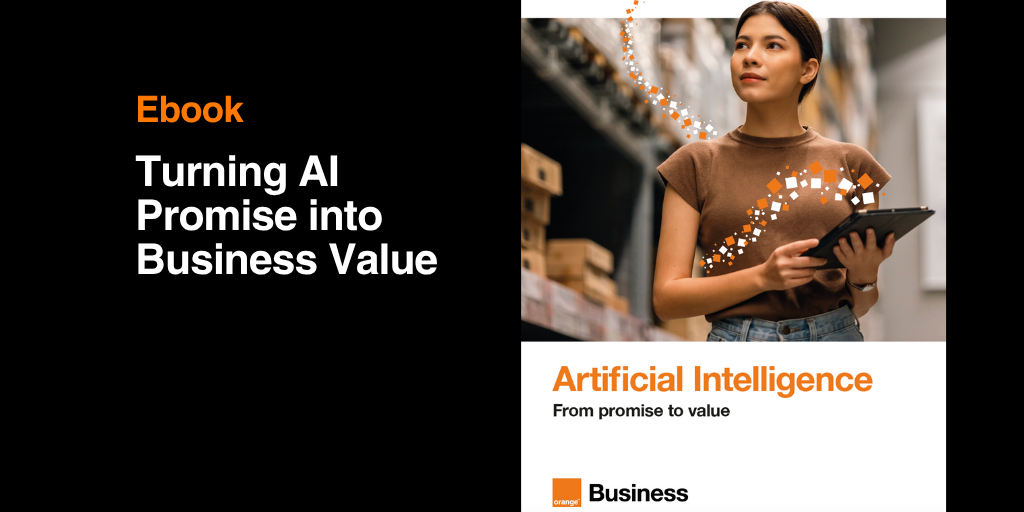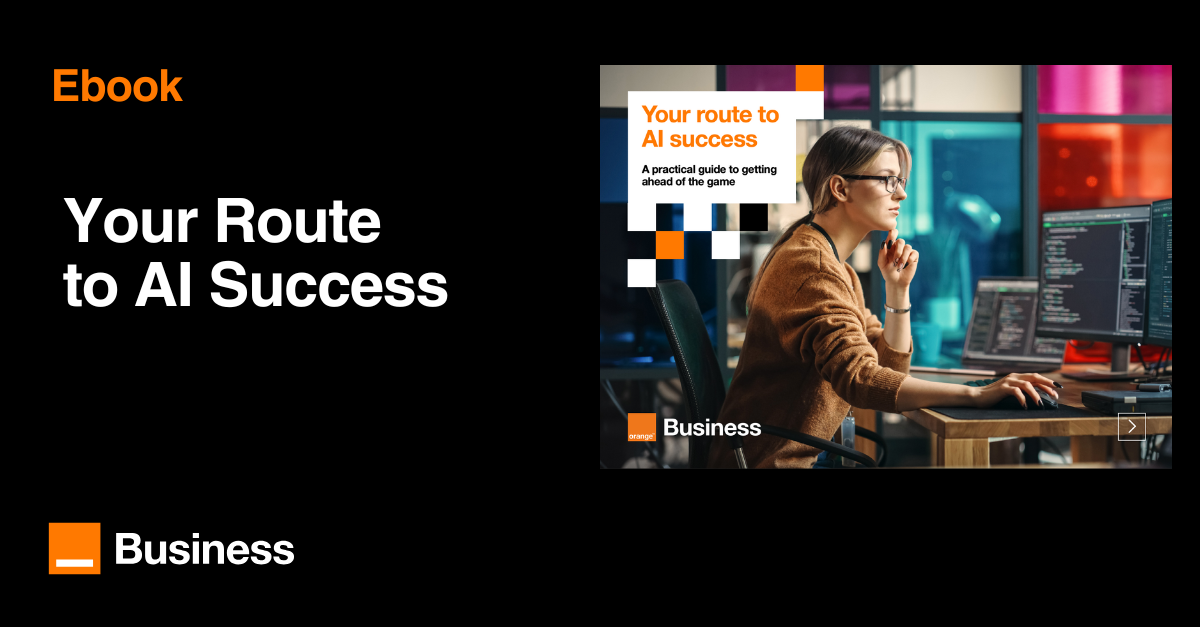In a previous article, we discussed how data science can help reduce employee turnover and, as a result, improve business performance. Several other levers are also available to HR directors, including recruitment and support during the first days after hiring (onboarding), but above all the alignment of resources and skills with the company’s medium- and long-term strategy.
This last point is critical for any organisation facing strong pressures: transformation of its business model, major technological, competitive or regulatory shifts, labour market tensions, and the new expectations of both candidates and employees.

RAG: enhancing generative AI with enterprise data
See morePeople Analytics, or HR data analysis
HR data analysis in the broad sense – also known as people analytics – combines HR data with external sources and employee activity data. It can help factually validate the human levers of performance within a large organisation (rather than relying solely on the multitude of advice found online or in management literature, as BBC journalist Helen Lewis notes in her exploration of new workplace “gurus”).
HR data analysis can help confirm which human factors truly drive performance in a large enterprise.
1. Identifying training needs
By analysing data on employee performance, skills and career objectives, organisations can pinpoint areas where staff may need further training or development. This requires first updating the company’s skills framework and having the ability to assess existing skills through interviews, surveys and evaluations.
For example, Orange Business maintains such a database via its internal tool, systematically updated by employees and managers after each assignment and training session. This dataset is then enriched through data science, which can infer skills based on those already validated (AI helped build an ontology covering around 80% of the skill set, which was later completed manually). The results are made available to HR directors, the executive committee and business leaders through customised dashboards developed in-house.
2. Evaluating the effectiveness of training programmes
By collecting data on training outcomes, organisations can determine which programmes are most effective in improving employee performance and skills. With multiple formats available (online courses, micro-learning, seminars, inter- or intra-company sessions), the first challenge lies in consolidating evaluations. We recommend anticipating this need by preparing questionnaires on training objectives ahead of time – a requirement for Qualiopi certification in France. For instance, the Orange Business Data & AI School allows clients to personalise the questionnaires sent to learners.
However, end-of-training evaluations (self-assessments, certifications, etc.) do not always reflect the real impact on performance or other indicators such as quality of life at work (QVCT) or employee recommendation (eNPS).
Additional tools and harmonized indicators are therefore needed to strengthen analysis. One such tool could be team benchmarking, comparing groups who have completed training with those who have not. Since late 2019, Microsoft has applied this comparative technique to recommend training courses to managers worldwide…
3. Accelerating employee development
In addition to change management programmes launched to achieve specific objectives within a set timeline, large organisations usually run training programmes to support employee growth. This is often referred to as upskilling – helping employees strengthen and expand their skills. Companies may also choose reskilling, retraining willing employees for entirely new roles within the organisation. Both practices are essential: they improve business performance while maintaining employee employability.
Specific programmes combining training, dedicated projects, on-the-job experience and internal mobility may be designed for high-potential profiles. Increasingly, however, organisations also turn to professional online learning platforms. Most of these platforms offer dashboards to track employee participation, training completion and engagement.
Offering tailored programmes
The next step is to design customised programmes and personalised recommendations, based on the employee’s role, career goals and the company’s strategy. Expert systems (rule engines) and recommendation algorithms (data science) are two powerful levers that can be combined. By monitoring career progression and assessing the factors that drive success, organisations can build development programmes that more effectively help employees achieve their career objectives.
It is also possible to design training tailored to learner profiles. Early research by our R&D team has shown that when teaching methods are adapted to learners’ personality profiles, training effectiveness improves significantly. The team developed a methodology to measure training effectiveness in relation to learner profiles – research that could be extended to companies wishing to take part in these studies.
Tracking employees’ career development and the factors behind success enables organisations to design development programmes that better support staff in reaching their professional goals.
4. Testing the impact of specific factors on performance
At group level, certain HR-driven initiatives may require significant investment. It is therefore preferable to inform decision-making with factual evidence, using established indicators and targeted analyses. Jonathan Ferrar and David Green, in their recent book Excellence in People Analytics: How to Use Workforce Data to Create Business Value, provide several examples of ad hoc studies carried out to measure performance drivers. These include the extent to which a good manager influences employee satisfaction and overall performance, but also the rapid negative impact of appointing a poor manager – a signal that should be closely monitored. The authors also explain how subsequent research focused on identifying the specific qualities and behaviours of effective managers, leading to the creation of new indicators and variable pay objectives.
Achieving such results requires combining raw data with a wide range of qualitative data, most often collected in the form of verbatim records (reports, comments, feedback, descriptions of skills, etc.). Data science tools and expertise for anonymizing and analyzing text are therefore a critical prerequisite – along with the know-how to avoid bias, and the ability to translate indicators and key insights into formats decision-makers can act on.














Comments (0)
Your email address is only used by Business & Decision, the controller, to process your request and to send any Business & Decision communication related to your request only. Learn more about managing your data and your rights.